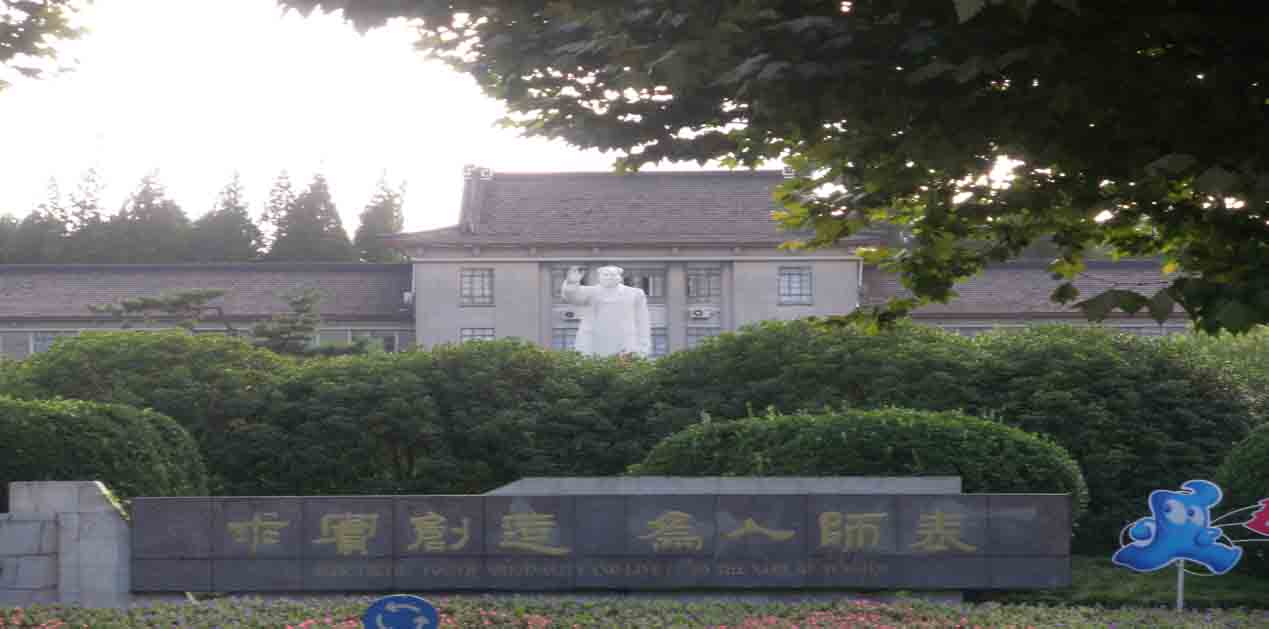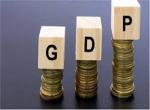(Reproduction of a talk delivered by Lu Gang, Director, IIS Conference, East China Normal University (ECNU), Shanghai at a Sino-Indian Seminar, held at the VIF on 06 Nov 2017)
I am delighted to be here and attend the discussion of the bilateral relationship between China and India. The topic of my speech is ‘China-India Cooperation Opportunity: Building the Asian Common Market’, and I will explore how to cooperate to build the Asian common market for China and India, which would strengthen their bilateral consensus and coordination and form the strong base of bilateral relationship.
First of all, let me talk something about "the Belt and Road." The Belt and Road is an initiative, which China hopes that the countries along the route will respond and join it accordingly. Since it is an initiative, then there is selectivity. According the judgment of their own national interests, they can choose to join or not to join. However, from the perspective of historical development, the new era of the Asian people awaken has arrived. Ma Kai-shu, dean of the Lee Kuan Yew School of Public Policy at the National University of Singapore, has mentioned it.
As the countries along the Belt and Road are mostly Asian countries, so it is the road that awakening the Asian people. It is also the road that the Asian people return to the mainstream of the world. The core circle of friends of "the Belt and Road" is basically Asian countries, and India is one of them. India and China constitute the two major centers of Asia to boost the economic development in Asia. India has no reason not to participate the initiative. Without India's participate on, "the Belt and the Road" can go forward, but it seems to be not perfect. why?
Any initiative to promote prosperity in the region must first solve the problems of the survival, development and happiness of the people in the region. China and India, the world's most populous nations, have solved the problem of the life of 2.7 billion people, equal to solve the problem of living more than one-third of the world's population.
How to solve the development of the populous nation? The answer is, it needs the development of a market economy and the establishment of an open market economy. The " Belt and Road" is an opportunity. Therefore, I put forward the concept of the international market of the Belt and Road". In other words, it is the Asian Common Market.
According to Adam Smith's point of view, the market's most important elements are three, the size of the consumer population; consumer purchasing power; consumer desire to buy. China's population itself has constitute a huge market volume, while India's population exceeds the sum of the population of countries along the Belt and Road. If the two countries work together to open up their own markets, they can lay down the basis of the Asian common market.
With its rapid economic development, China has become the second largest economic entity in the world. The development of China has also brought about the development of the Asia-Pacific economy and provided a powerful impetus to the growth of the world economy. China already possesses the basic elements of establishing a regional international market. China also solved the market supply of consumer goods. China has a huge domestic energy market and a high degree of internationalization and already has sufficient conditions for establishing a regional international market.
Next, China will open up its domestic market so that to become the main part of the international market of " the Belt and Road". China has realized the importance of opening up its domestic market not only for reducing trade imbalances, but also for elevating China's voice in the international economic system. Next year China holds a large-scale import of high-profile trade expo (show), and President Xi maybe attend.
Due to the background of the Belt and Road Initiative, the Chinese market will be given priority to those countries along the routes. India is one of the most important country along the route. I think that China will attach great importance to India's role and status in the Asian Common Market. With a huge market in China and diversified needs, it is believed that Indian products will be welcome in China. Of course, since we are taking the path of market economy, the government can only play a role in the top-level design and institutional arrangements. More work should be done by market economy actors in China and India according to the laws of the market economy.
Scholars in China and India should have a strategic vision to provide a long-term and sustainable structural arrangement for the relations between the two countries, and their common efforts to build an Asian market will provide an impetus to the stability of Sino-Indian relations. This is a bit similar to the cooperation between France and Germany. Their perfect cooperation created the European Common Market.
Sino-Indian cooperation can be divided into three stages:
The initial stage, the natural market economy status. The key areas in the Asian market should choose regions with developed economy, high degree of internationalization, market order and radiation capability. Shanghai and the Yangtze River Delta is undoubtedly the ideal choice. Because of the background of the Asian Common Market, as long as the Indian government releases its positive desire to communicate with China, Indian enterprises and commodities will have many conveniences when entering the Shanghai market.
Of course, whether Indian products and businesses succeed in the Shanghai market depends on its market competition. However, the good interaction between government, media and academics will affect consumers' purchasing behavior.
Intermediate stage, The combination of local government and market economy. After the gradual impact of Indian products and enterprises on the Chinese market, Chinese and Indian local governments, chambers of commerce, transinational corporations and third-party organizations such as NGOs, think tanks and universities can consult frequently and discuss market rules and market standards. These rules and standards will form the base of the rules and standards for the Asian Common Market.
Advanced stage, Chinese and Indian governments jointly advocate the stage. On the intermediate stage, the development of the Asian market will be gradually mature, and the Asian Common Market initiative can be promoted to the central government level.
This initiative, as the main part of the initiative of the Belt and Road Initiative, is developing from the bottom of society that is both practical and workable. The key elements of the Asian Common Market and the rules and standards have been basically met. Therefore, it can be put forward as a whole concept in the form of a joint initiative by the Chinese and Indian governments to establish the Asian Common Market. Just like the Five Principles of Peaceful Coexistence, coming from the concept of India, were accepted by China and they became universal principles of international relations. Therefore, just like France and Germany, the Asian Common Market in the context of " the Belt and Road" can serve as the vision of Asia to be jointly advocated by China and India. More countries along the route join in and eventually realize the international market of the "Belt and Road".
India has many advantages industries or products, such as anti-cancer drugs, Indian movies, Indian software, yoga, and so on. ECNU have India's software industry park, Indian film wanderers swept China in the eighties, so far our people at this age still remember very clearly. I am planning to hold the Belt and Road International Forum of Science and Education next year in Shanghai. At this time, I would like to invite the scholars from Indian Institute of Technology, Saint Petersburg University in Russia, Stanford University in the United States.
(Views expressed are of the author and do not necessarily reflect the views of the VIF)
Image Source: https://michaelpickering.files.wordpress.com/2010/10/ecnu-mao-statue.jpg









Post new comment